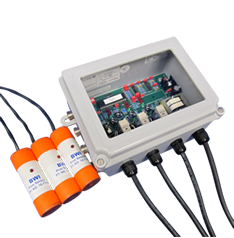Battery disconnect switches and battery isolator switches are used in various applications, primarily in automotive, marine, and RV contexts. Their main purpose is to control the electrical power flow to and from the battery or batteries in a vehicle or vessel. Here’s a breakdown of their functions:
Battery Disconnect Switches:
These switches cut off the electrical power from the battery to the rest of the vehicle’s electrical system.
They are commonly used in situations where a vehicle will be parked for an extended period, such as storage or maintenance, to prevent battery drain.
They are also used in emergency situations to quickly disconnect power from the vehicle’s electrical system.
Battery Isolator Switches:
Battery isolator switches, also known as isolator solenoids or relay isolators, are more sophisticated than simple disconnect switches.
They allow multiple batteries to be connected to a single electrical system while keeping them electrically isolated from each other.
They are commonly used in vehicles with dual battery systems, such as RVs, boats, or trucks with auxiliary power needs.
Battery isolator switches typically have multiple positions to allow for different configurations, such as charging one battery while isolating another, or paralleling batteries for increased starting power.
In summary, both types of switches serve to control the flow of electrical power to and from batteries in various applications, with disconnect switches primarily focusing on cutting off power entirely and isolator switches managing power distribution between multiple batteries. Everything we learned about battery disconnect switches and a battery isolator switch we learned from Access Control Sales Ltd. You can visit their website to learn about plenty more!
